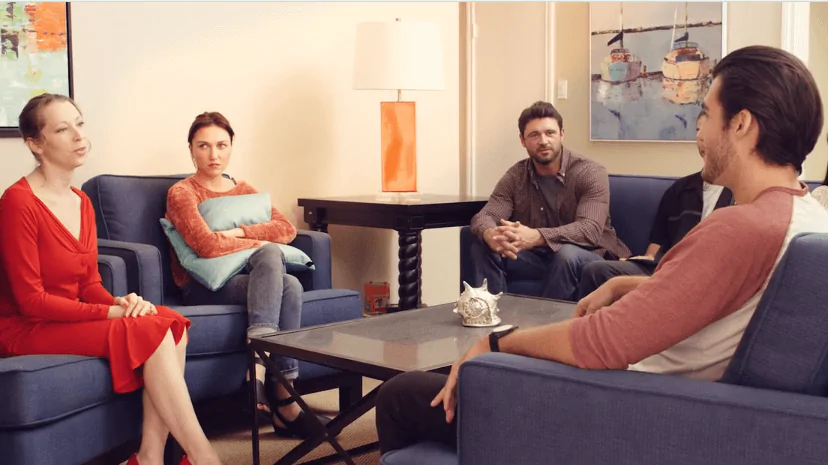24/7 Helpline:
(866) 899-221924/7 Helpline:
(866) 899-2219
Learn more about Individual Therapy centers in Blue Eye
Individual Therapy in Other Cities

Other Insurance Options

UnitedHealth Group

Magellan

Providence

BHS | Behavioral Health Systems

PHCS Network

Sliding scale payment assistance

Multiplan

EmblemHealth

Carleon

Self-pay options

BlueCross

Access to Recovery (ATR) Voucher

WellCare Health Plans

Choice Care Network

Meritain

Molina Healthcare

BlueShield

Private insurance

Magellan Health

Group Health Incorporated












